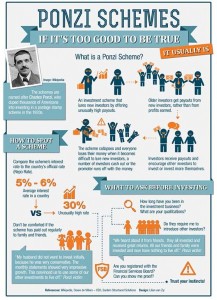Inflation indicates a rise in general level of prices. It is measured as an annual percentage increase. For example, if the current level is 6%, it means the general price level has increased by 6% over the last one year. There are variations to it like: Hyperinflation, deflation and stagflation. Hyperinflation occurs when a country experiences a very high and rapid increase in the inflation. Hyperinflation adversely affects the monetary system of the country. Deflation indicates a fall in general level of prices. It is the opposite situation. Stagflation occurs when the rate is high which leads to a stagnation in economic growth, resulting in higher levels of unemployment.
How to measure it?
In order to measure inflation, we create a price index by taking into consideration either all the commodities in the economy or a basket of sufficient number of commodities that broadly represent the economy. The formula to measure it is as follows:
Inflation in year “A” = [( P1 – P2)/(P2)]*100
Here: P1 : price index for the year “A”
P2: price index of the preceding year
Click here for government certification in Accounting, Banking & Finance
 Stay Ahead with the Power of Upskilling - Invest in Yourself!
Stay Ahead with the Power of Upskilling - Invest in Yourself! 





5 Comments. Leave new
Good efforts. I would have loved it if you could explain a bit more about inflation and hyperinflation.
Good Efforts
Nice effort!
Very helpful!
to the point and brief 🙂